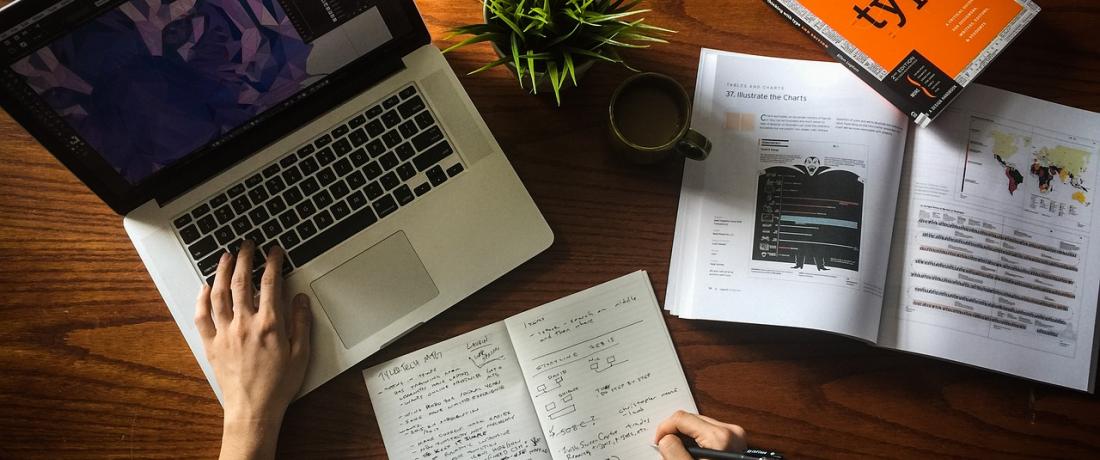
The process of picking the right typeface is truly mazy – too many options, too little clues. Yes, the web is overfilled with tips, rules and guidelines on the topic, but they seem to be aimed at calligraphy geeks. No explanations – just an endless list of possible matches.
So what should you rely on? Gut? Taste? Intuition? Well, we offer a bit firmer ground. To bring more clarity in the procedure, imagine you are dealing with clothes. After all, a font is a sort of a garb for the content. Therefore, the principles for choosing are very similar.
Dress for the occasion
As with attires, there is a sharp-cut distinction between expressive and neutral typefaces. Your task is to find a balance for each specific case. How? Focus on relevance.
A tuxedo may be way classier than a pair of blue jeans, but you need a special occasion to wear the first, while the second is an appropriate choice for almost any situation. Why switch from a lightheaded Gill Sans to a serious Didot, if you can use casual solutions that go well with everything.
Of course, the decision depends on the mood of the message. Hyper stylish fonts will do for something grand and exceptional, whereas other items might benefit from more relaxed and “flexible” typefaces, e.g., Cambria or Calibri. Mind that in the right hands they turn to a powerful weapon of promotion.
Divide and conquer
Both clothes and typefaces have dozens of categories. Nobody says you must know each one, but there are basics to keep track of. Let’s concentrate on two main groups of fonts – sans and serifs.
What is the difference? Unlike sans, serifs contain extra lines at the ends of some letterforms, which increases the contrast and makes it easier for our brain to recognize the letter. Sans require more time to identify each symbol, because its shape is not so distinctive.
This does not mean you should refuse one type in favor of the other. Just put them on different shelves: serifs for printed items, sans for web graphics or outdoor ads, as such fonts look especially attractive when enlarged, while serifs lose their advantages in greater size. Use the latter for the main text to prevent eye fatigue.
Mix carefully
In fact, most of the time, one font is more than enough. However, if you want to make a mix, do not go beyond two typefaces. Remember: each of them includes four variants (normal, bold, italic and bold italic), which gives you up to eight fonts to work with.
The third typeface can be used only as a bright accent adding a dash of flavor to formal (or at least calmer) outfit. Apply it sparingly to logos or headlines without exceeding the minimum dosage.
It is important to avoid wimpy combinations. Choose fonts that bear no resemblance to each other, neither in color nor in size. Otherwise, the viewer will be wondering whether they are the same or not, and that unconscious process is quite distracting.
Hopefully, our advice will have given you a general idea of selecting typefaces, which can be as easy as getting dressed in the morning. Though, the truth is that the real sight comes with practice. A professional can create a perfect harmony with both one classic font and a wild mixture of incompatible ones. If you are not a typography guru, follow the rules or look for someone who does not have to. Contact us to get more information!